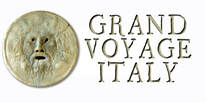 Ok, so Waverly Labs is taking cash for "pre-orders" of its Pilot System, and it's not a proven technology--yet. But let's hope this product reaches the marketplace and actually works. It's a cool looking earbud device that you can set to translate from one language into another--in "real time" (with a slight delay, according to the video demo). It would allow two people to actually have a decent conversation even though they both speak in different tongues. The inventor is pushing this for two language, cross translations, but I think this is also a great tool for people (like me) who already know a lot of basic phrases and responses in a particular language, and want to fill in the gaps when people speak to them. For example, it would be great for me if I had to go into a situation that requires a bit more jargon or nuance--like at an auto repair shop or doctor's office. I could hold my own in restaurants and shops with Italian, but a doctor might talk too fast with too many specialized words that I never learned or have forgotten. This device might help... With its smart phone app, it's possible to quickly toggle between languages quickly. This would have been helpful when I had a lunch in Altamura at a table with new friends speaking 4 different languages. I hope this product makes it to market... and I hope it actually works well. For $129, I think its price point is right on. --JF
0 Comments
Please LIKE this post or share it... grazie. Copyright, Jerry Finzi, Grand Voyage Italy, All rights reserved . "Mamma Mia! American's adore Italy and have a very romantic picture of it. It's is one of Americans' favorite countries and a favorite place to visit--if they win the lottery. Italy lives in the minds of Americans through such things as spaghetti, Romeo and Juliet, Al Pacino, Al Capone, Sylvester Stallone, Lamborghini, The Mona Lisa, Leaning tower of Pizza, pasta and pizza. They love everything about us, until they visit here... then they complain that it's too hot, cars are too small, there's no ice in their drinks, everything closes in the middle of the day, everyone smokes, and no one can speak English!"
Starting with the Invasion of Sicily in July of 1943, and culminating in the June 6, 1944, D-Day invasion of Normandy, Allied forces took the fight to the Axis powers in many locations across Western Europe. The push into Italy began in Sicily, but soon made it to the Italian mainland, with landings in the south. The Italian government (having recently ousted Prime Minister Benito Mussolini) quickly signed an armistice with the Allies -- but German forces dug in and set up massive defensive lines across Italy, prepared to halt any armed push to the north. After several major offensives, the Allies broke through and captured Rome on June 4, 1944. 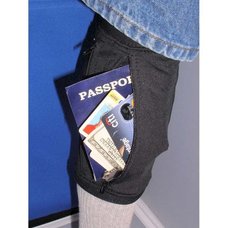 There are apparently tons of pickpockets in Italy... some look like homeless women bent over and hiding themselves in dirty clothes, some are children, some are mothers carrying fake babies, and others look like tourists, business people or even priests. In general, pickpocketing or other attempts to steal from you will take advantage of crowded areas and when you are most confused in new situations. Be careful in train stations, on buses and standing on lines in crowded tourist areas. Stealing is repulsive to me... this coming from someone who lived in Manhattan for over 30 years and has as had to suffer many thefts: car stereo, bicycles (2), motorcycle, cars (2), camera equipment, a box full of coins (stolen by a window washer), car stereo system, and yes... even a wallet. So, other than keeping aware at all times and never looking like a distracted, confused tourist (fumbling with a ticket machine for a train, texting while waiting in a line, or looking at a map while standing in the middle of a piazza), what can we do? There are lots of security devices for travelers. The leg wallet is something I thought might work for keeping extra cash, the emergency credit card or our passports. When I got it I was amazed at how well it fit... sort of like a snug sock. I'm certain it won't slip off. There are two zippered compartments that can fit a decent amount of stuff. My wife also had a teeny bra wallet (a satin sack to hold a couple of cards) but this leg wallet will work for most of what we need to secure. To be honest, the bra wallet was pretty useless since I held pretty much everything safely in my leg wallet. UPDATE: The leg wallet was a great way to secure three passports, extra cash and a couple of back-up credit cards. It never slipped down my leg and as long as I was wearing long pants, no one knew I had it on. It was much better than the money belt wallet I also brought, which I never used. My only complaint was that on very hot days it tended to chafe a bit on the top end where its elastic was. 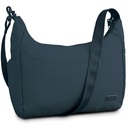 The Pacsafe Luggage Citysafe 200 Gii Handbag was my wife's choice in battling thieves. She calls herself "Mama Mule" because whenever we go somewhere (especially in summer when me and Lucas don't have jacket pockets) she winds up toting the water bottle, my cellphone, a camera, snacks and whatever else we need for the day's outing. The mulebag has become essential to her. The Pacsafe (there are smaller and larger models) is designed for safety. The strap has a wire in it so it can't be cut. The strap also has locking latches which are easy to open, wrap around a table leg (as you are having lunch) and lock again. Most of the zippers can be locked. The fabric is tough, water repellent and cannot be cut with a razor. Inside there is a compartment that has RFID protection. If you don't already know (we recently learned about it), lots of credit cards and passports now contain a chip "for our convenience" so we don't have to break a sweat by swiping a card... just sort of wave it, or recently, sticking into a slot and waiting even longer for the transaction to be completed... yea right. For $100 a thief can buy a scanner, plug it into a laptop, put the whole thing into a messenger bag and scan people's card info within 3'... sometimes further. (What are they thinking? Just because you CAN doesn't mean you SHOULD build these things!) RFID protection is a shield against this (although I heard that wrapping your cards and passports in aluminum foil works just as well). This bag holds a lot but the water bottle pocket on the side was a bit snug for our tall Thermos brand bottle. Still, it is yet another barrier against the filthy, sticky fingers of little thieving kids and bogus priests alike. UPDATE: For travel, Lisa thought the bag was heavy, bulky, unattractive and she couldn't find things inside easily. Personally, I think she missed her good old mule bag, which was actually a tad bigger. Also, she might have thought it was heavy because at times she was carrying an extra water bottle--something that I couldn't fit into my messenger camera bag (which itself was always overloaded with most of our tech stuff). 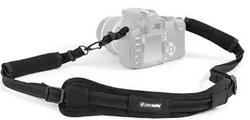 This is another Pacsafe product... a camera strap that has a wire in the strap (can't be cut easily) and the same locking dog latch type of fastener as the mulebag above. Having a snack in a cafe? Lock the strap around a table leg and feel confident that no one will run past and take off with your camera. I'm thinking of replacing the strap on my messenger bag with this. UPDATE: I wound up not using this strap for my camera. Instead, I used a hand strap which I prefer for shooting... the camera hangs onto the end of my hand as an extension of my arm. Much less likely to tangle when putting the camera back into the bag. Remember, I'm a pro shooter and just happen to like having my camera attached to the end of my hand. If you are used to straps, this is a great product. 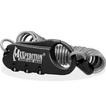 Now this is for airports and train stations. The Maxpedition Gear Steel Cable Lock. When sitting waiting with our luggage all grouped together, it's easy enough to slip the cable through all the luggage handles and lock them together. No one can do a grab and run with a single bag. You can even cable all the luggage together in the car trunk--a thief would look the fool trying to make a quick getaway dragging 4 or 5 carry-ons and backpacks down the viale... Simple. UPDATE: We did use this lock all the time when hanging out in train stations. We'd cable all the bags together and huddle around them, putting the bags against a wall. The cable lock made it less likely that anyone could actually snatch and run off with a single bag. --Trastevere, Rome - on 10/17/2014 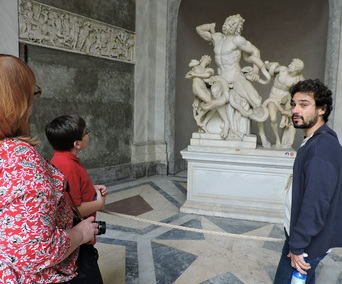 Marcello, our sniffly, sneezy, he'd better go home and rest tour guide. Marcello, our sniffly, sneezy, he'd better go home and rest tour guide. This morning we woke up at 5:30am to get ready for our "Private Tour" of the Vatican. We called a radio taxi service the night before to pick us up at the Gensola apartment at 7:15am... we were to meet the tour guide at 8:50am at the bottom of the steps across the street from the Vatican Museum entrance. (We used Presto Tours. Look for my TripAdvisor review). We are about a 15 minute ride from the Vatican Museum. The trouble with calling for a radio taxi is the language problem (I found they use a lot of slang) along with the lousy cell phone connection you often get. The next morning the taxi driver was on time and so were we. That was a good thing, because radio taxis start the meter when they get the call from their dispatcher, not when you get in the car. The driver was great, spoke English, and got us there without cheating on the fare. We heard that some try the trick of pushing the "tariff 2" or "tariff 3" buttons (for outside the town walls) instead of "tariff 1" which can triple or quadruple the fare. Pay attention, and say something if it's not set to "tariff 1". We got to the meeting point at the bottom of the stairs on Via Tunisi, just below the entrance to the Vatican Museum, and saw all the large tour groups cuing up. We went for the extra bucks and got a private tour so we wouldn't get lost in a herd of sheep, and to go through faster because of my lousy knees. When I saw the size of some of the tour groups (especially from the cruise ships), I was glad we weren't part of the cattle following a tour guide, wearing an earpiece (it's so loud in the Vatican at times it's impossible for groups to hear their own guide without a headset) and following the colored flag on a pole. After a half hour wait Marcello arrived... (we paid for an earlier entry time... now that was blown!) He spoke English with a slight Italian accent and as it turned out was born in Houston, Texas but moved to Italy when he was 13. Ciao-dy! As we started up the stairs and toward the entrance we felt a relieved when Marcello led us past the flocks and into the entrance. He waved his tour guide I.D. ward casually and got us quickly past the checkpoints in the surprisingly modern interior of the entrance mezzanine. Even though it was very modern, we sensed no air conditioning! (It was hot). He started the tour by telling us the history of Rome itself and how the Vatican came to exist--informative but a bit dry--even though I had told him ahead of time to keep things simple but interesting for an 11 year old. Our bags went through the X-ray belt and we were on our way up and around and into the museum--at first by modern escalator, then by steps. We went through hall after hall and saw more and more art, sculptures, tapestries, frescoes and became aware of the unimaginable wealth of the Roman Catholic Church. Of course, my childhood idols were there... Boteccelli, Raphael and Michelangelo. The tapestries were wonderful, but I've seen some in better shape and under better care in other museums, including the Cloisters in New York. I'll be honest, I thought some the frescoes that were restored looked flat and lifeless. Perhaps they cleaned off too much of the subtleties from the hands of the Masters. There was even a section under the Sistine Chapel that contained a treasury of modern masters... Chagal, Mattise and others. What concerned me is the complete lack of climate control for all these treasures of mankind. There is no air conditioning and most of the windows were open allowing the pollution, humidity and heat of the day to permeate the exhibit halls. I was sweating like crazy after a while... imagine the tens of thousands of visitors they cram through there every day.... all that body heat, humidity, body oils, etc. They make 70 million dollars a year on Vatican ticket sales and they don't spend a dime on climate control? Shame on them. As a lifelong artist I was shocked at the lack of at least a minimum of basic care for the art and the architecture itself. Pardon this rant... The unimaginable wealth and hoarding of the treasures the Catholic Church could be put to better use in helping the needy in the world. Selling off their Chagal collection alone could potentially solve the ebola crisis in Africa, for example. Much of the art in the lower chamber (I believe it's under the Sistine Chapel itself) has nothing to do with Catholicism or religion of any kind. 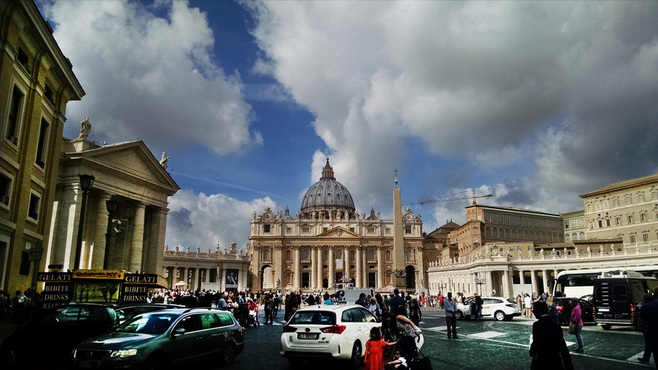 St Peters Basilica, photo by Lucas Finzi St Peters Basilica, photo by Lucas Finzi Anyway, the big moment came when we were about to enter the Sistine Chapel. Oddly, tour guides are not allowed to speak inside the Chapel. Because of this, guides need to explain what visitors are about to see before they even get close to the Chapel. Marcello briefed us in a dark chamber by pulling out a book and turning the pages as he explained what we are about to see. (The shorthand version). You'd think with all their millions in revenue the Vatican Museum would install a proper orientation exhibit to educate visitors before they enter... videos, slides, displays, etc. Heck, even our local canal barge museum has an orientation video before you take a ride on the canal, and the Crayola Factory in a nearby town has excellent, world class multi-media presentations! I mean, after this is the Vatican! After Marcello finished showing us photos in his dog-eared art book, he led us through more rooms and then upstairs (no elevator... people with walking issues need to be ready for this) and into the crowded Sistine Chapel, saying he would meet us near a back door in 10 minutes or so. Ten minutes? When I was a young man, I heard of people spending all day, often laying on the floor with binoculars to soak in the wonder of the Ceiling. Ten minutes? We were now on our own--with about 1000 or more other people from large tour groups... shoving Chinese, rude Italians and pushy Germans (forgive me, but I'm just pointing out my observations). After a little while we luckily found seats against a side wall (Knees to Babbo, "Thank You!") and sat gazing up at the magnificence of Michelangelo's genius. Lucas was surprised when he realized that the architectural details like moldings and columns were all Trompe-l'œil (tricks of the eye)... all painted to look three dimensional. He also liked the Creation of Man... the famous God touching the hand of Man scene. I loved the Temptation of Adam panel. The bright colors of the restoration of about 20 years ago brought out all the amazing bright colors of the frescoes. Before that, the frescoes were covered with half a millennium of candle soot. Afterwards, we went outside and around to the front entrance to St.Peter's Basilica. The place is immense. You could almost fit Yankee Stadium inside. The art was mostly beautiful, the rest I found to be ostentatious. The grandeur is overtly in your face--majestic by design. The craftsmanship in everything is unbelievable, and a bit disturbing to thin of the enormous resources the Church spent to have them made by artists and craftsmen throughout history (instead of taking care of the truly needy?) The huge dome can easily fit the Statue of Liberty inside. Some sculptures and angels are huge. The marble columns are massive. The bronze doors are enormous. Amazingly, because of the crowds, the echoing chatter, the picture-taking and the signs warning of pickpockets in the Basilica, I didn't feel God here. Marcello was still in his bore-them-with-obscure-details mode, Lucas was thirsty and hot, Lisa was hot and having a near melt-down, and my knees were out for the count and my sweat had dehydrated me beyond belief. I can imagine how many people collapse in this place from exhaustion and heat, but unlike Disney theme parks, I didn't see even a single defibrillator station anywhere. We told Marcello we were going to cut this part of the tour short--Short? We were going over 5 hours! We said good bye to Marcello outside and above the Square and after a stop at the Vatican Post office to get Lucas some stamps, we headed off to find cooling refreshments. We waded through shepherds and their tourist flocks and several gypsies dressed as nuns looking for handouts, African hawkers selling cheap junk and finally saw The Line... of people trying to get through the security check and into the Basilica. It was six people thick and going from one side of St Peters to the other, where it then went into corralled switchback lines, zig-zagging back and forth. It looked like about 50,000 people trying to enter a single entrance to a major league baseball stadium. Incredible! I've heard the wait on line can be 3 hours long... Now we knew for sure that our not so private tour was worth it just to avoid those hours on that unbearably long line. Was the Vatican Tour itself worth it? I'm not so sure. Of course, as an artist, a lifetime dream of seeing the Sistine Chapel was realized... but not in a way where I could appreciate the art in a meditative manner, as I did when I was a kid and would sit for long periods studying a painting I liked. I didn't appreciate being swallowed up by the ever-rushing tour groups, effectively nullifying our "private tour". I really hated how poor the Museum is in terms of climate control and protecting these treasures... for example, walking through the bedrooms of the Popes, the beautiful ceramic tile floors have been worn clear through the top layers of color from the thousands of shoes walking on them. I saw graffiti around some windows. The 16 foot tall windows being wide open to the humidity and pollution was horrible. And I really thought that visiting the seat of the Catholic faith itself--St. Peters--would be a more moving experience. It was loud, crowded, and we were in fear of pickpockets (even Marcello warned us). Perhaps they should treat this like a museum, too... and limit how many people enter at one time. It's a functioning place of worship, so anyone can walk right in (after the long wait in line). In general, I get the feeling that the Vatican will increase the number of tourists, making matters worse. Perhaps there is a marketing manager in a hot office somewhere setting new goals for 100 million dollars a year. We bought some gassata (sparkling water) from a street vendor to cool down, then grabbed a taxi at the taxi stand across the piazza, and went back to our apartment to refresh ourselves. Snacks and a nap brought an end to this day of agony and ecstasy. --Jerry Finzi Click HERE to see some amazing High Resolution images of the Sistine Chapel! You can also follow Grand Voyage Italy on: Google+ StumbleUpon Tumblr Copyright 2015 - Jerry Finzi - All Rights Reserved 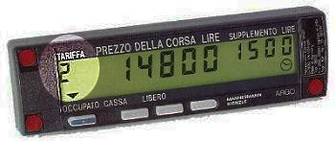 Before we traveled to Italy, I researched about all sorts of things... especially how people scam and cheat. There are lots of warnings online about taxi cheats. I just wanted to report that after having used car services, radio taxis, taxis from a taxi station and even hailing a taxi that we spotted with his roof light on (free), we have not been cheated. The radio taxis always show up on time with the help of their sophisticated gps unit. The car service I used costs barely more than a city taxi and is very professional. (transfercruiserome.com) If you see a taxi with its roof light lit, try hailing... as long as you are standing where they can pull over without blocking traffic (in other words, not on a narrow side street). There was one time I tried hailing a taxi on a crowded side street... one with barely any sidewalks (a common thing in Italy). The driver looked at me like I was crazy. Sure... he had no place to pull over. Lesson learned. And just in case, always look at the meter for the "tarrifa 1" to be lit up. Within the city walls "tarrifa 1" is the correct lower rate. If you see "tarrifa 2" or "tarrifa 3" lit up for a trip inside the city limits of Rome, beware... you've got a crook trying to double or triple the rate. Tarrifa 2 and 3 are used for trips outside the walls, into the suburbs or to the airport. In general, I've found the drivers to be talkative, friendly, helpful and responsive when you at least try to speak some Italian. I'm sure they are more used to tourists who don't attempt even the most basic Italian words and expressions. Looking back, I wish I had taken photos of the drivers... I still remember their faces and smiles. By the way, unlike in Manhattan, every taxi driver was actually an Italian. --Jerry Finzi You can also follow Grand Voyage Italy on: Google+ StumbleUpon Tumblr Copyright 2015 - Jerry Finzi - All Rights Reserved A huge sinkhole over 500 feet long opened up in Florence on Wednesday morning, swallowing 20 cars parked along the Arno River. The collapse happened at 6:15am in the center of the tourist packed city, between Ponte Vecchio and Ponte Le Grazie. Florentine Mayor, Dario Nardella, said the collapse was "very serious", but thankfully (more than likely due to the early morning hour), there were no injuries. Investigations suggest the sinkhole was caused by a large water main break, with the the water eroding part of the road. The area has been closed to traffic until the vehicles are removed and the surrounding road can be stabilized. Sinkholes are common in Italy, particularly in the south where the geology is a karst structure well known to allow natural sinkholes to occur. Obviously, the sinkhole in Florence is a man made event. In Naples there have been many sinkhole events forcing people from their homes, while even in Rome and Catania trucks and cars have fallen victim--literally--to sinkholes. In general, the geology of Italy is ripe for caves, grottoes and sinkholes and people have been digging out tunnels under villages and cities alike for thousands of years for tombs, military protection, wells and storage. In Italy, you never really know what's under your feet... --Jerry Finzi UPDATE: When viewing the video below to show my son Lucas, we noticed that three cars in the sinkhole actually have their rear windshield wipers on! This is an indication that there were people sitting in their cars when the street collapsed. Glad no one was hurt, but it was pretty funny to see those wipers going... 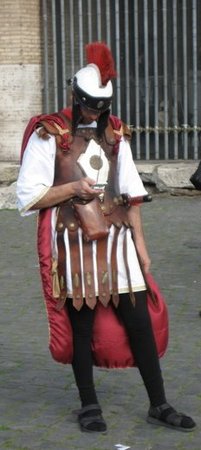 This is something you'll need to know if you are planning on staying in Italy for an extended period of time--especially if you will be interacting on a regular basis with Italians with your smart device. As I witnessed myself when I voyaged through Italy, Italians love their smart phones. Of course, the kids have them, but I even saw a farmer in a remote area using his--and not just talking on the phone, but texting while tending his sheep. In Rome I saw a well dressed young professional woman in Rome texting while driving her Vespa. Our taxi drivers texted while driving. Italians send 60 million texts a year! Italian kids, much like American kids, are often sending SMS messages to each other while standing on the same street corner. If you intend to communicate via text in Italy, you've got a lot of studying to do... first, the Italian language, and second the particular manner in which Italians abbreviate... There is a pretty big learning curve when learning Italian texting abbreviations and you need a fairly decent working knowledge of the Italian language itself as a foundation. Here is a typical Italian text message I found as a sample... Try to figure out what is being said using the chart I've included below it. Translation: Ci sei? Non ti vedo più da tanto! La prossima volta rispondi per favore perché ti voglio bene e mi manchi! Grazie e baci. Are you there? I haven't seen you for a long time! Next time, please answer my message because I love you and I miss you! Thanks and kisses. My suggestion in case you're planning on a long stay in Italy: Learn as much Italian as you can and... find yourself a 16 year old that speaks good English to help with the most current texting abbreviations. After all, this is a new language--it's a language of the young. Bouna fortuna! You'll need it! --Jerry Finzi If you enjoyed this post, please share it with your friends. Grazie! Yes, that's it in the photo above. Lisa's wonderful, home-made ricotta cheese tucked on top of Seckel pears with honey drizzled on top. There is nothing like the taste of home made ricotta, and Lisa discovered how simple it is to make.... Here's how: First, heat up one gallon of whole milk in a stock pot to 200 F. Next, measure out 2/3 cup of lemon juice (if using fresh, strain well) and 3-4 tablespoons of salt (depending on how mild or salty you want the ricotta) and set aside. Lisa tells me you can substitute the lemon juice for 1 teaspoon of citric acid if it's available. Once the milk is up to temperature, add the salt and lemon juice and stir well for 1-2 minutes. You will see the curds start forming within a minute or so. Turn off the flame and set the pot on a cool burner and let sit for 10 minutes. After the ten minutes is up, it's time to strain the curds from the whey (the liquid left behind) and place the cheese into a mold of some sort. Lisa uses professional cheese molds she purchased on Amazon, but you can also place your curds into a large mesh strainer over a bowl, or into a fine weave cheesecloth lining a small bowl or measuring cup. (If using cheesecloth, you need to tie it into a sort of sack using twist ties, then hang it somewhere to drain). You should get about 4 cups of ricotta from this recipe. Lisa placed the curds into her cheese molds and left them on the edge of our stainless steel sink's draining ramp. She also uses a small meat pounder on top to help gently press the whey out. After several hours of drying (or overnight if you prefer), you will have a delicious, creamy, luscious ricotta to enjoy in recipes, on pizza, with fruit or on a bagel for breakfast. The taste is amazing--and this is coming from someone who never liked ricotta--that is, until Lisa starting making it fresh.
Boun appetito. --Jerry Finzi If you decide to try making your own ricotta, please check back and tell us how it tasted. Ciao! Along the seafront of Naples in Italy, 100 chefs collaborated to create a 1,853.88 metres (6082.2 feet / 1.15 miles) long Neapolitan, which Guinness World Records has just confirmed is officially the Longest pizza ever made. The recipe for record-breaking success included 2,000 kg of flour, 1,600 kg of tomatoes, 2,000 kg of fiordilatte cheese and 200 litres of olive oil - all of which was sourced from local suppliers in the Campania region, ‘the home of pizza’.... READ MORE HERE... The heat of la citta... the rough cobbles under my tired feet... another hill in this place... Ahh... alla fine! Perfetto! due gusti, per favore!
(Well... not really. Too much caffeine. Too much sugar. Addictive chemicals in the recipe. Not good for kidney stones, prostate or diabetes. It does taste much less sweet in Italy, though... )
--Jerry Finzi 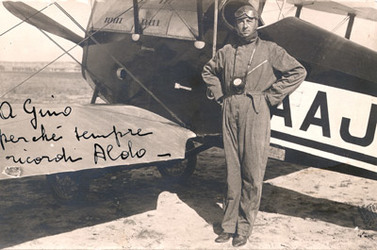 Standing in front of the Italian Army’s Caudron G.4, during The Great War is Aldo Finzi. He was a non-practicing Jew, aviator, sportsman, and then politician. Later, he was companion in arms (or rather, flight) of the poet Gabriele D’Annunzio on the epic flight over Vienna in 1918, with 11 other airmen to drop several hundred thousand poetic, propaganda leaflets appealing to the citizens of Austria not to go to war. After 1920, Finzi became a close collaborator of Il Duce, Benito Mussolini, and became a member of the first Mussolini cabinet, founder of the Regia Aeronautica as independent air force and was involved in the notorious “Matteotti affair”, involving political intrigue, government fraud and murder. He was born on 20 April 1894 at Legnago, near Verona, and was the son of a wealthy Jewish fabric mill owner. He didn't observe any religion and in his early career was a sports journalist. Aldo Finzi attended Aviator’s World at Milan, became a balloonist, and took part in ballooning and motorcycle competitions. In the early part of WWI, Finzi transferred to the Italian Army’s air squadron, and in 1916 became a licensed airplane’s pilot. He was awarded two silver medals for distinctive service. 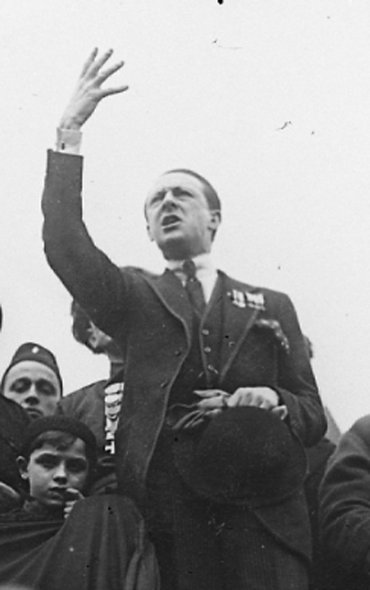 After dismissal from the Army, he entered politics and was elected in 1921 was elected to a seat in the Kingdom’s Parliament, which was Fascist. He worked with Mussolini and became Deputy Secretary of the Interior. Aeronautics being his primary interest, in 1923 Mussolini appointed him as Deputy Commissioner for Aeronautics (under Commissioner Mussolini). Finzi then created Regia Aeronautica (Royal Air Force) as independent armed force, in addition to both the Aeronautic Academy and the Aeronautical Corps of Engineers. Aldo Finzi's End... Finzi’s demise came when, still as Deputy Secretary of the Interior, was involved (whether true or not) in the “Matteotti affair”, when Socialist leader Giacomo Matteotti was abducted and killed by a Fascist squad on 10 June 1924. Most think these were trumped up charges because it was becoming clear that Finzi was turning against the Socialist/Fascist movement. Mussolini made him resign within the month. He retired to a life in agriculture, growing tobacco, but was still active in the aviation world and retained his pilot’s license. When the Italian government enacted its racial laws in 1938, Finzi officially declared to be a Catholic. (Finzi is a very old, classic Jewish family name.) This all happened as Finzi was trying to distance himself from Fascism and Mussolini. It all caught up to him when, in 1941, he was arrested and imprisoned on an island fortress, while being thrown out of the National Fascist Party. In 1943, Finzi took steps to return home and back into the Roman Jewish community as a partisan. In February, 1944 Aldo Finzi was arrested by the SS at his home at Palestrina and transferred to a prison in Rome. In retaliation for a bomb attack which claimed the lives of 33 members of the German Polizeiregiment Bozen on March 23, Finzi was executed on the next day... March 24, 1944. Today Aldo Finzi rests at the Fosse Ardeatine Memorial Cemetery together the other 334 martyrs. I discovered this photo about a year and a half ago while researching the Finzi name in Italy. These tiles are paved into a sidewalk in front of the former residence of a family of Jews--their name was Finzi. The entire family was obliterated simply because of hatred of their religion...
In the history of Italy, going back 2000 years, Jews were living in Italy... and were either killed, forced to be baptized as Catholics, or run out of the country entirely. Jews arrived in Italy originally as slaves from Jerusalem, with the southern ports of Italy providing a pathway for the “diaspora” to flow even further into Western Europe. My line of the Finzi family tree is Catholic, and with certainty converted to Catholicism to avoid certain death or banishment from their home in Puglia. This might have happened between 500 – 1000 years ago… perhaps as far back as when the Kingdom of Naples took over Puglia in the 13th century or even further back in the 9th century when the Byzantine Empire tried to convert everyone to Christianity. The written history of early Jews who converted to Catholicism seems to be lost to time. The history of Jews who were successful in their migration into northern Italy and into Italian culture is well documented. Both are valid limbs of the Finzi family tree. From these limbs, grew even more branches as there are Finzis all around the world: Italy, France, Spain, England, Brazil, Bulgaria, Morocco… and I am certain there are more... In these days when some people try to label we Americans as Red or Blue or "us" and "them" or black and white, native born versus immigrant, or Christian and Muslim, it's important to think about where hatred of a group of people can lead. As for the Finzi Family from Rome immortalized on these stepping stones, their ultimate end proves that mankind can still slip back into the abyss from time to time. These tiles are a reminder not to let that happen... ever again. Never. --Jerry Finzi Here is a link to the original blog article about the Finzi stepping stones, "An Unexpected Path": https://ginnyblanford.wordpress.com/tag/stolpersteine/ You can also follow Grand Voyage Italy on: Google+ StumbleUpon Tumblr Tuscany is much more than fields of sunflowers, rolling hills, medievel hilltowns and the crowded "must see" sights in Florence or Pisa. Clustered along the Tyrrhenian coastline near the town of Grosetto, Voyagers to Tuscany will find some of the most natural and heavenly sand beaches in all of Northern Italy. Their individual names are Follonica, Castiglione della Pescaia, Marina di Grosseto, Principina di Grosseto, Marina di Alberese and Monte Argentario, but their known collectively as simply the Maremma. Some, like Marina di Alberese can be very busy in the high season but are great for families, while other gems like Cala Violina are a bit more relaxed, perhaps due to the 10-15 minute walk from the forested parking area in order to reach the sandy beach. (Many beaches in the area have parking lots well away from the actual beach and require a short, but pleasant walk). Going to the beach here is a more spartan experience at times... flip-flops, sun-block, a towel, and perhaps a backpack with drinks and picnic snacks are all that's needed. In the month of August, Italians rent small cottages or bring their camping caravans and spend their yearly, month-long holiday at these beaches. At other times of the year, many foreigners are also enjoying the unparalleled and highly colonized beach resorts forested with organized rows of beach chairs and colored umbrellas. They also visit the area for its spiagge libere (free beaches), vast expanses of sandy beaches, woodland hiking trails and the reefs that dot the shoreline. So, whatever your tastes... nature lover, pool-side sun-worshiper, hiker, birdwatcher, or reef snorkeler, you won't be disappointed with the Maremma.  The National Park Undoubtedly, the best part of the Maremma is that it's actually a preserved area of nature, with some of the best wooded hiking trails in the country. Il Parco Regionale della Maremma has trails that go up and through the Monte Argentario peninsula for incredible vistas and panoramas. You can see clear to the island of Elba, Giglio and Montecristo. Hiking in the Maremma requires signing in at a ranger station, but that's for your protection. The trails are well marked and well worth the effort. Some are easy, a few difficult, but all offer a chance to see flora and fauna alike: migrating birds, raptors, horses, wild boars, turtles, lizards, stands of natural lollypop pines and ancient olive groves. And be careful of the apparently tame foxes. They'll come right up to you looking for a handout. Hike A2 - Le Torri, is especially well suited for families with small children. The part of the trail heading down to the beach is paved and well suited even for strollers. The Maremma park is also famous for its Butteri, the Tuscan cowboy--and their long horned cattle. Dressed in high boots, long velvet jackets and wide brimmed hat, they lead their cattle with traditional mazzarella, a hooked wooden staff. There are even opportunities to go on trail rides if you love spending time in the saddle. If you want to experience riding with the Butteri up close and personal, check out Azienda Regionale Agricola di Alberese, located a short distance from Grosseto. And don't forget about the beef itself... Vacche Maremmane (as they call their beasts)--a true delicacy. It is said that the beef they produce rivals the Wagyu steaks of Japan. So don't forget while in the area to feast on a Bistecca Fiorentina, a thick, flavorful steak drizzled with extra virgin olive oil--just don't ask for it "well done"! In the town of Alberese you can rent bicycles for about 8 Euros a day and ride the Maremma's well kept cycling trails. Besides the stunning views, you will come across horses, long-horned cattle and other wildlife, like wild boars and deer. But once you hike down to the shoreline you'll realize the main reason you came here... the absolutely pristine beaches. People collect shells and often use the abundant driftwood to build ramshackle beach huts. There is also loads of history here, such as the Renaissance towers built by the Medici to protect against pirate invasions and the San Rabano medieval abbey. All in all, you will fall in love with the beaches and nature of the Maremma. If you are the gregarious type, book a stay at one of the large resort beaches, play some golf, show off your newest speedo or bikini and sip your Bellini... or, if your more of a nature lover, hike down to a desolate beach and build your own hut from driftwood and have some cheese and wine with your companion, Friday. Happy summer.... --Jerry Finzi Please, stop by our SURVEY and spend 60 seconds telling us how we could make our blog better! And please don't forget to LIKE our Facebook page. Grazie! You can also follow Grand Voyage Italy on: Google+ StumbleUpon Tumblr |
Categories
All
Archive
June 2024
|



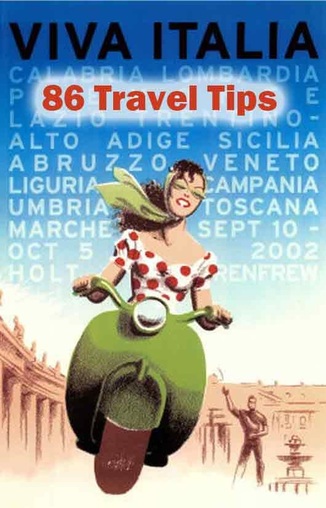
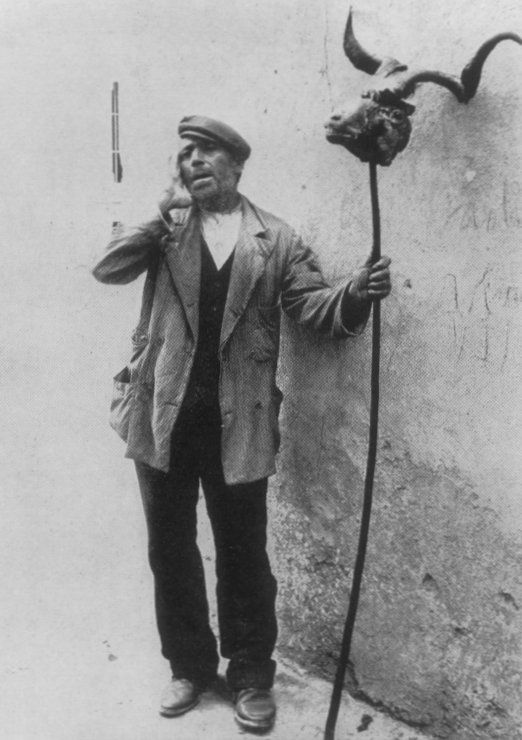
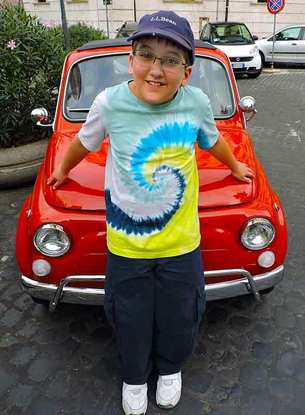
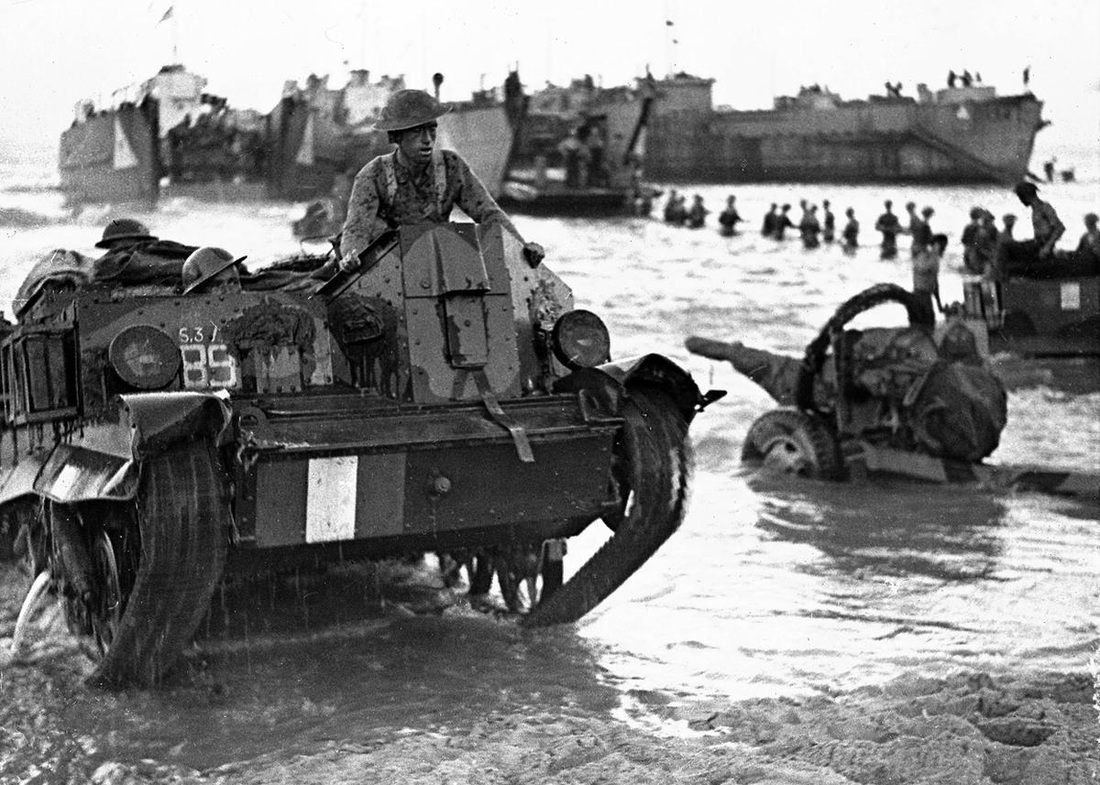
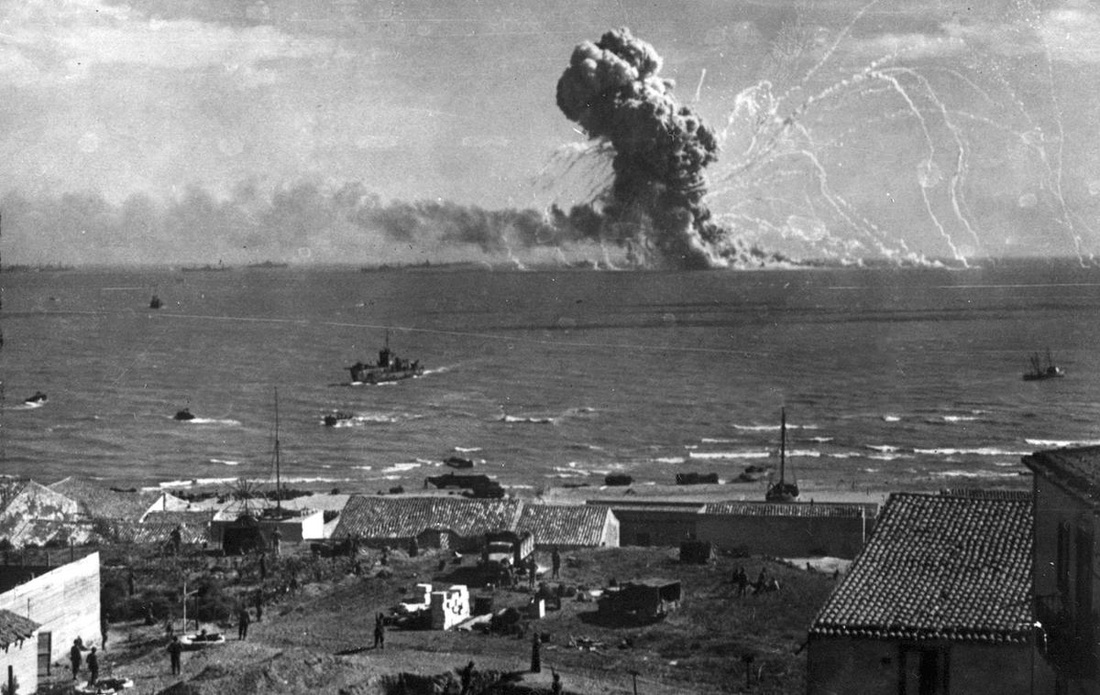
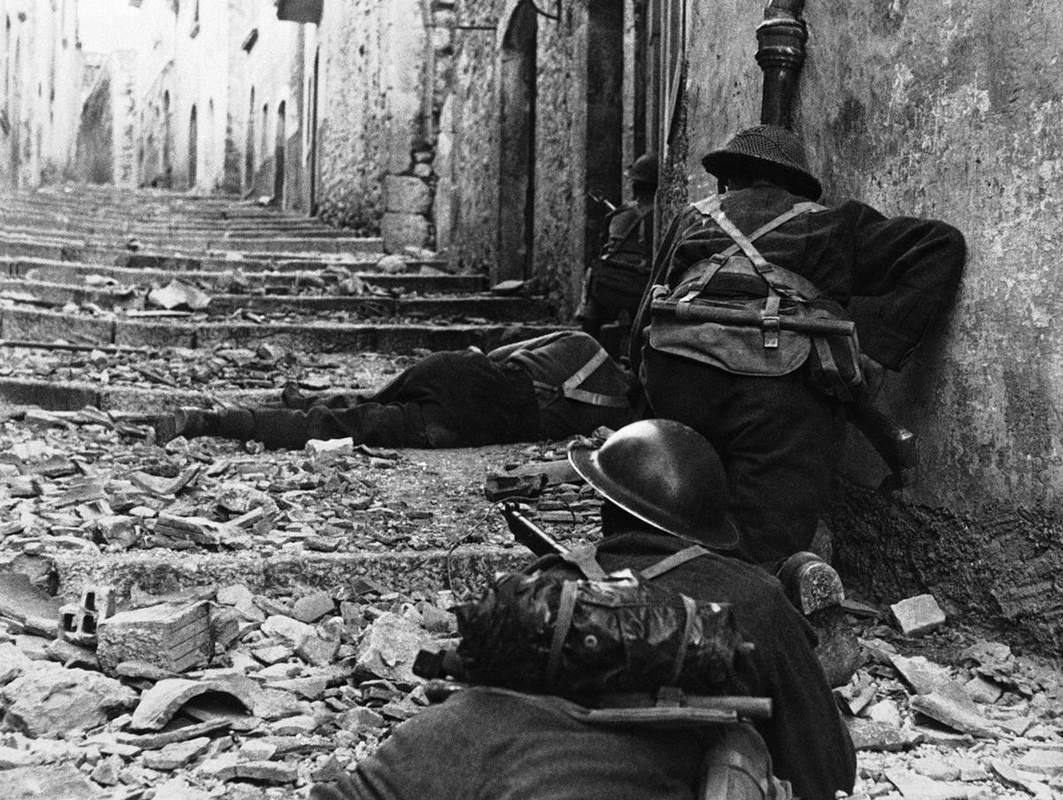
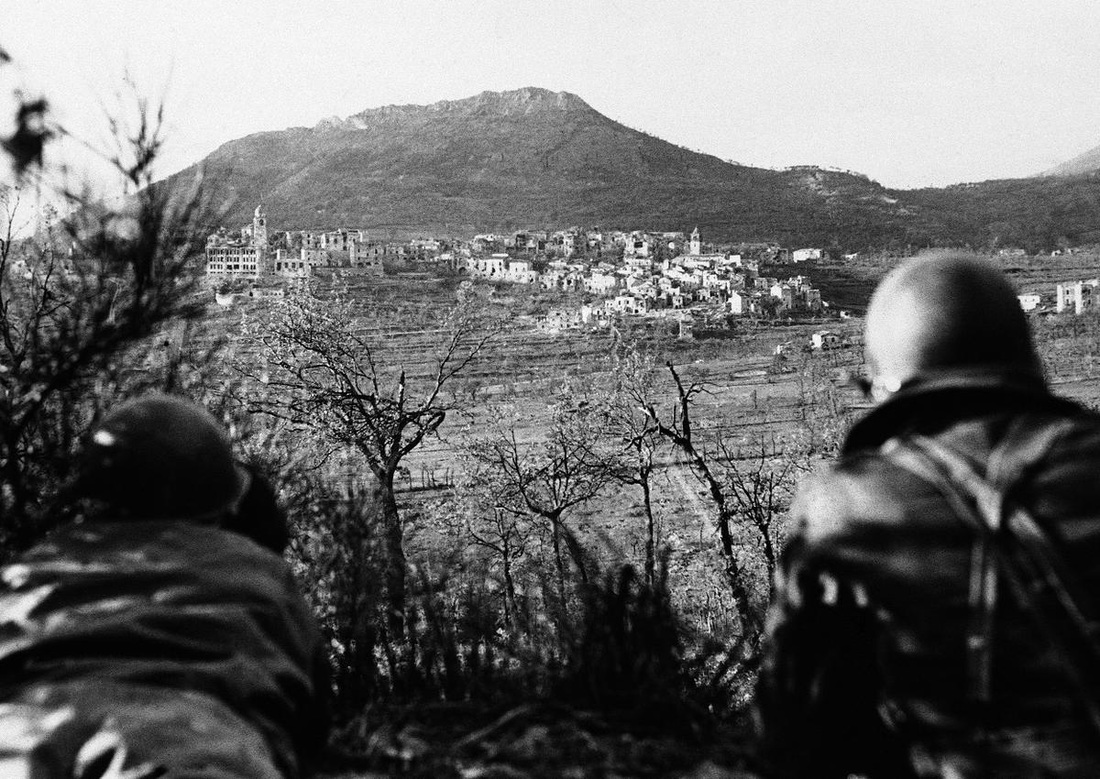
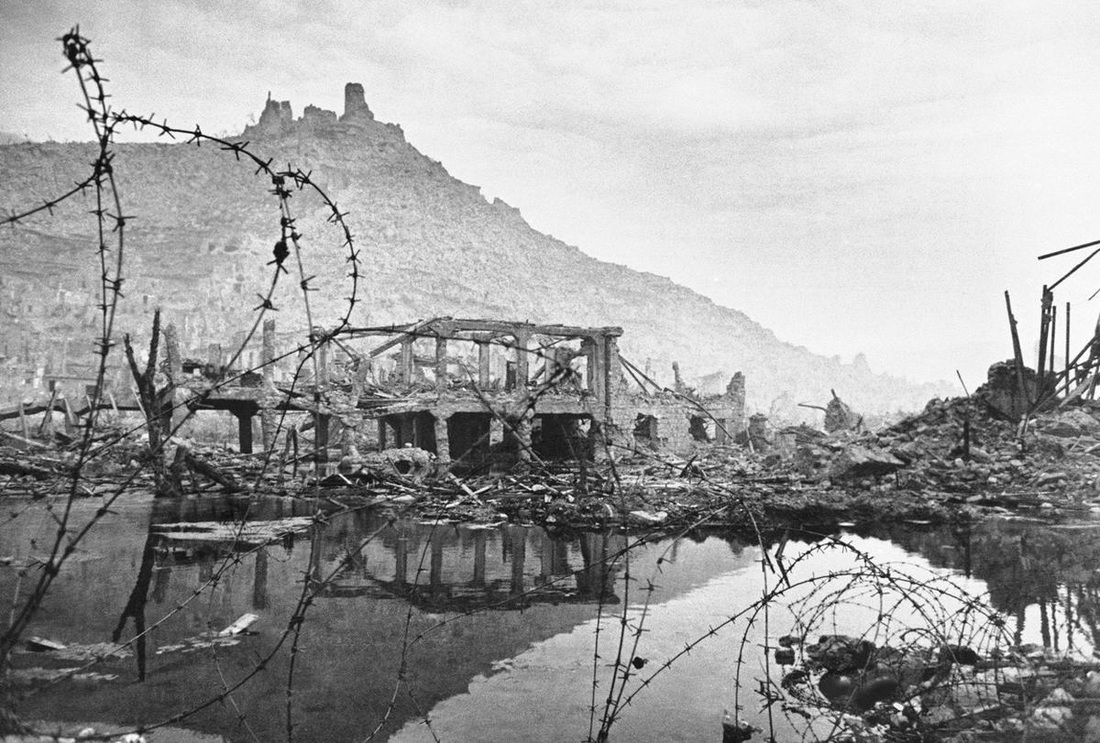
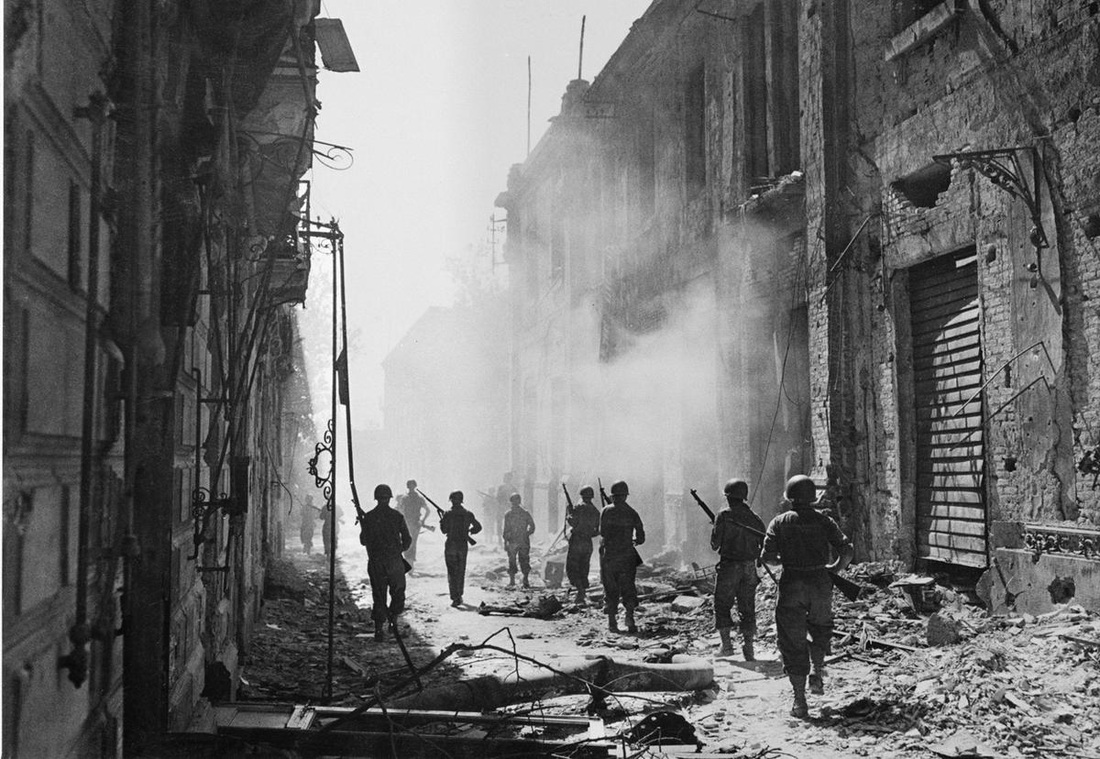
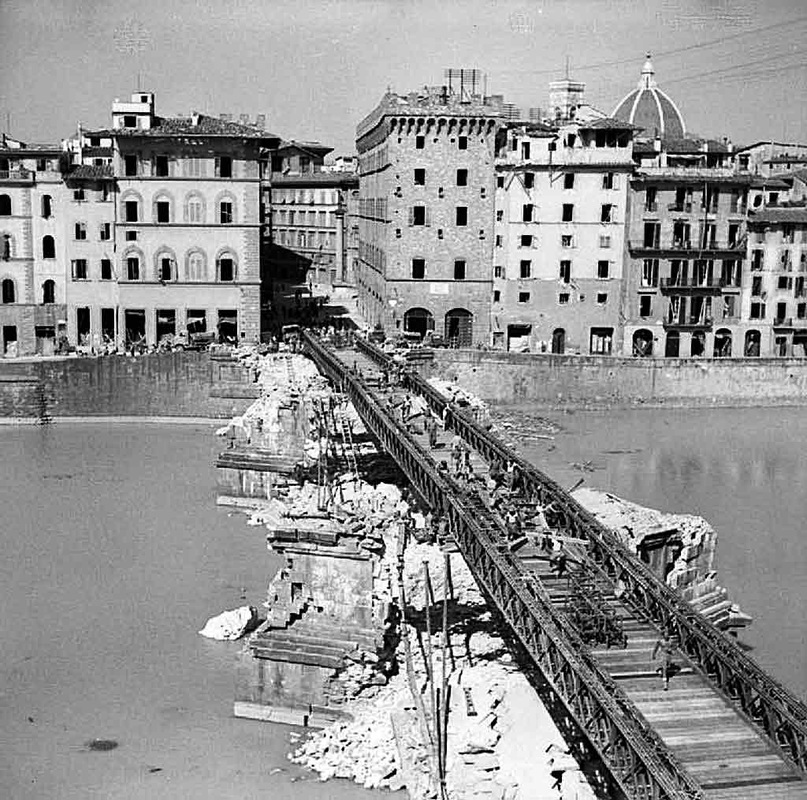
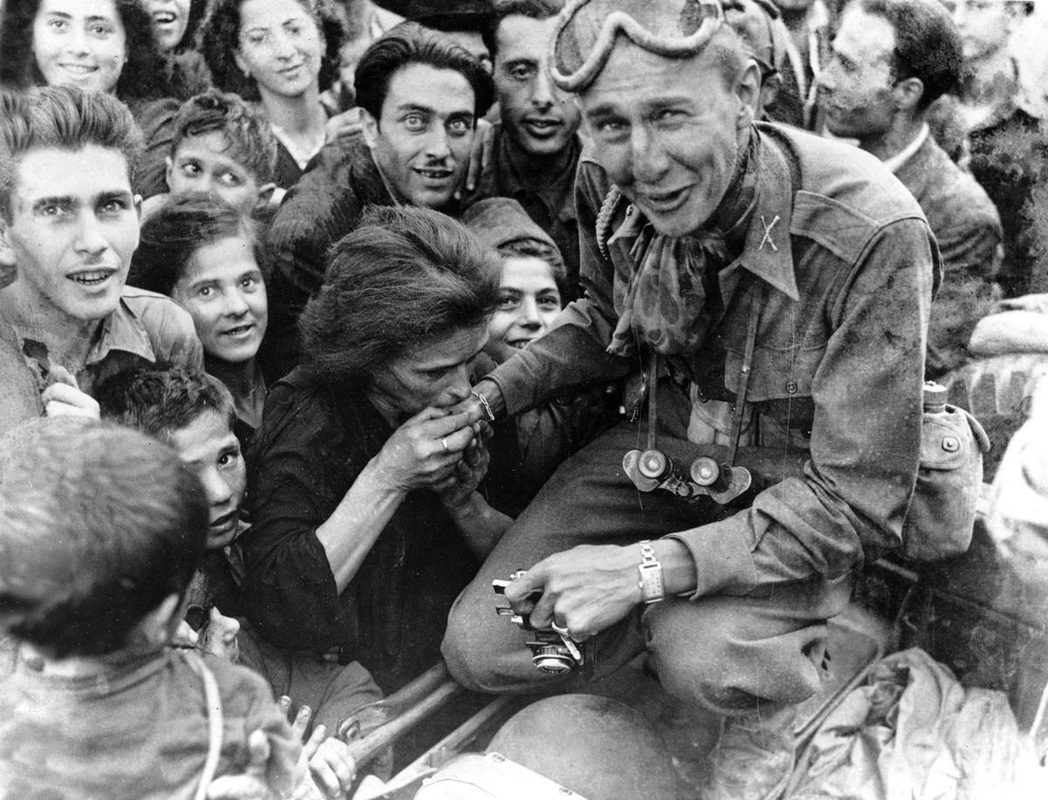
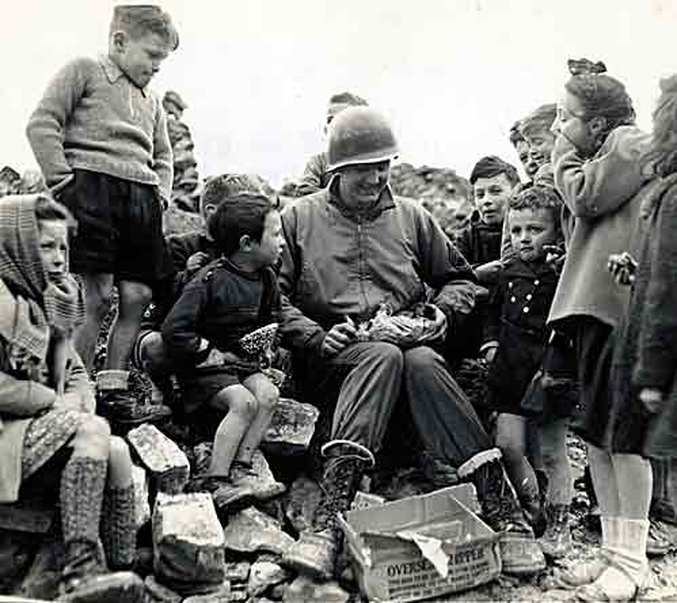
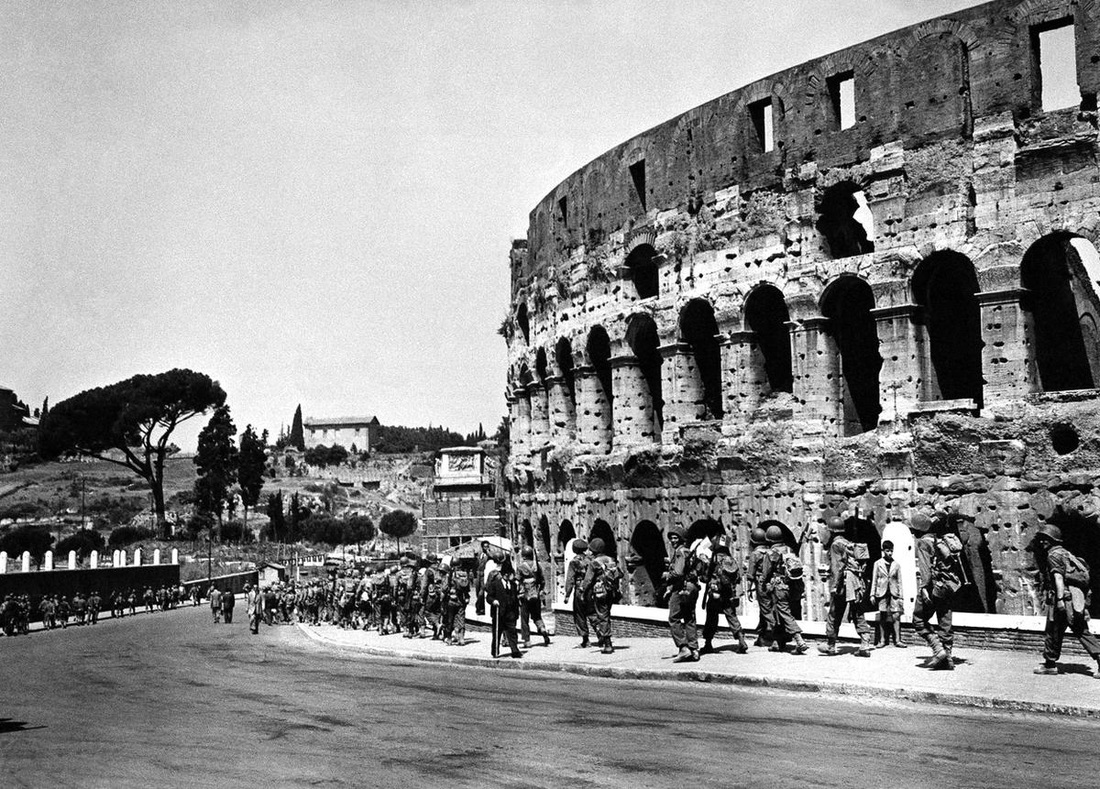
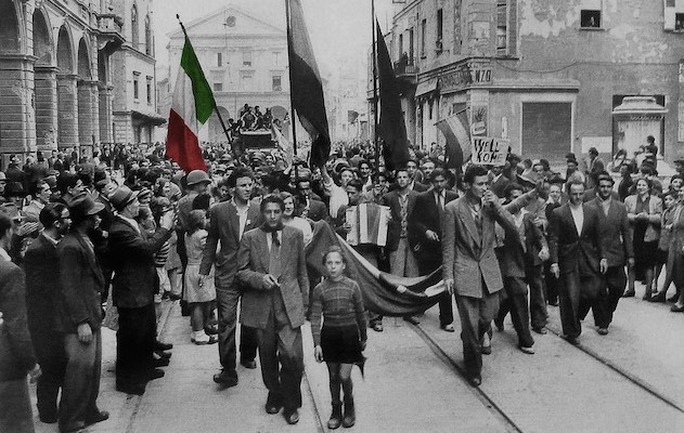
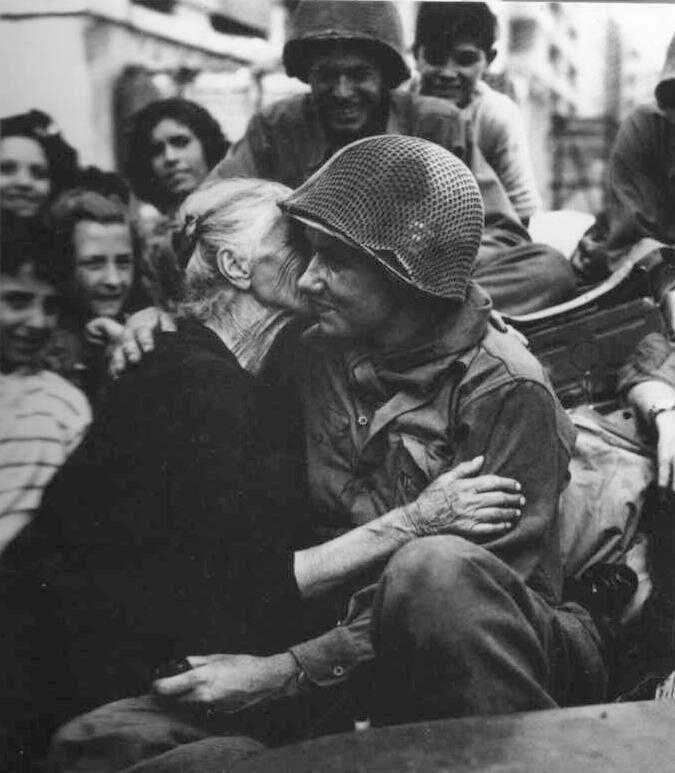


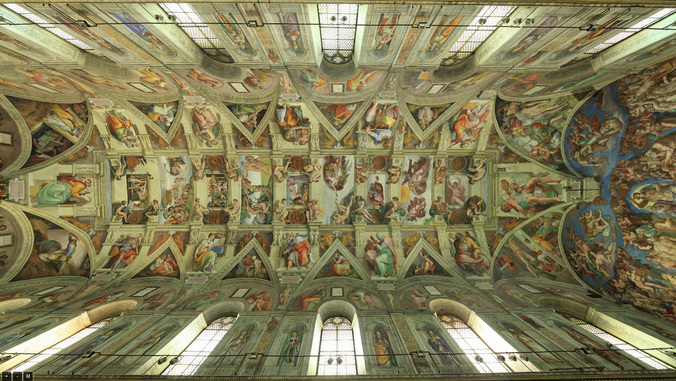
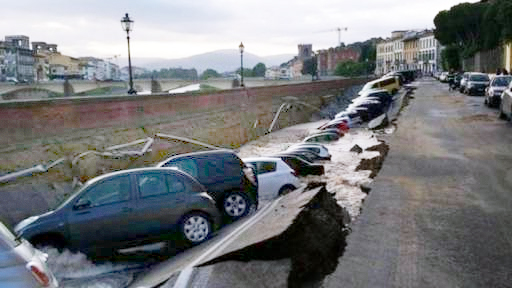
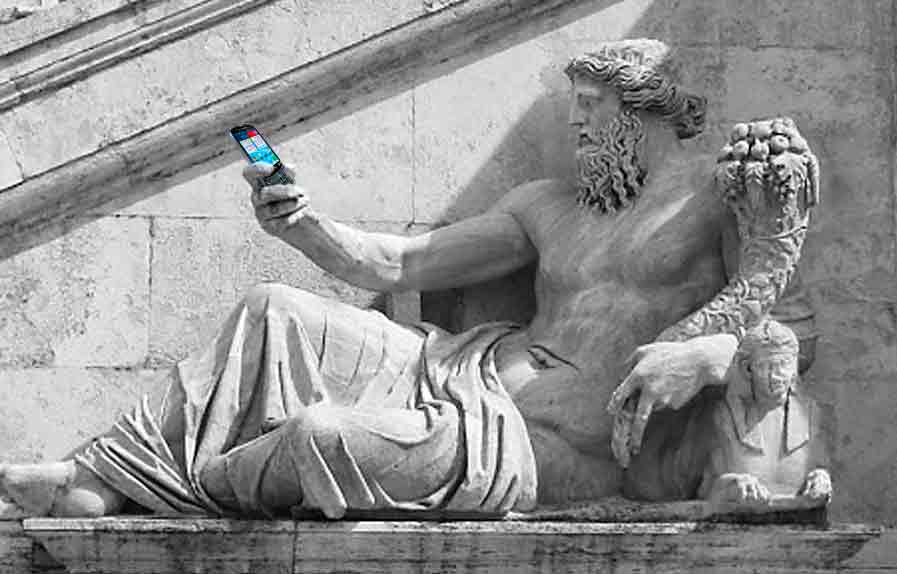
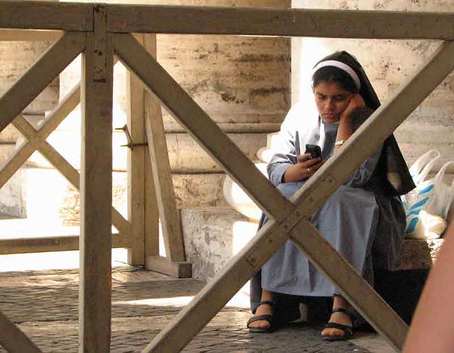
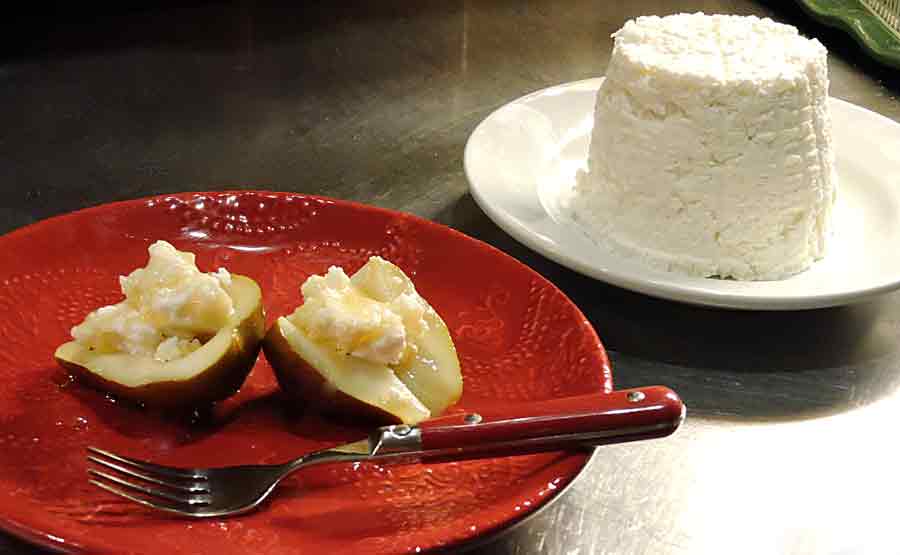
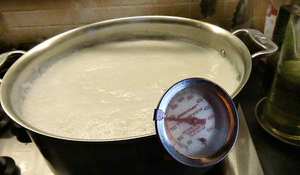



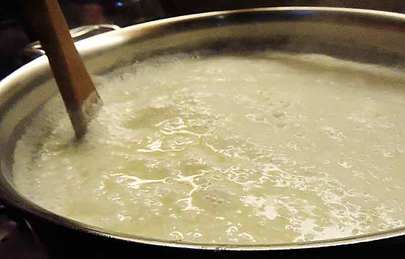
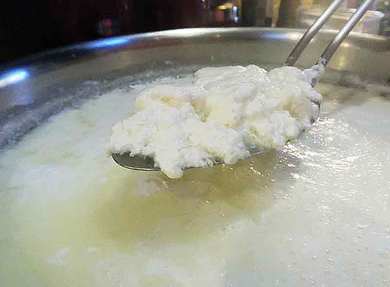
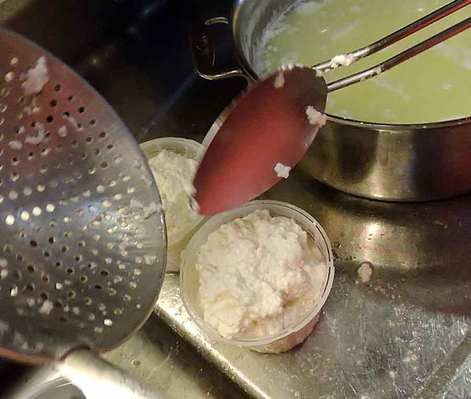

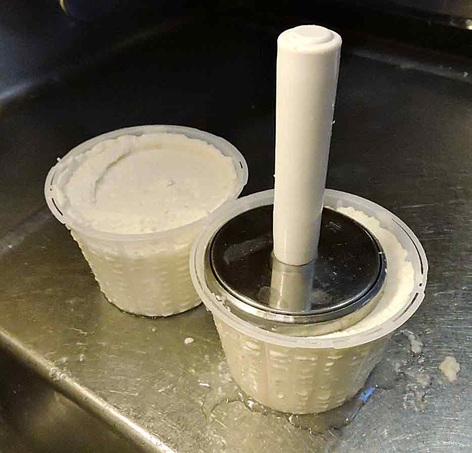
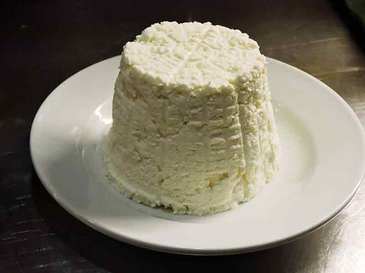
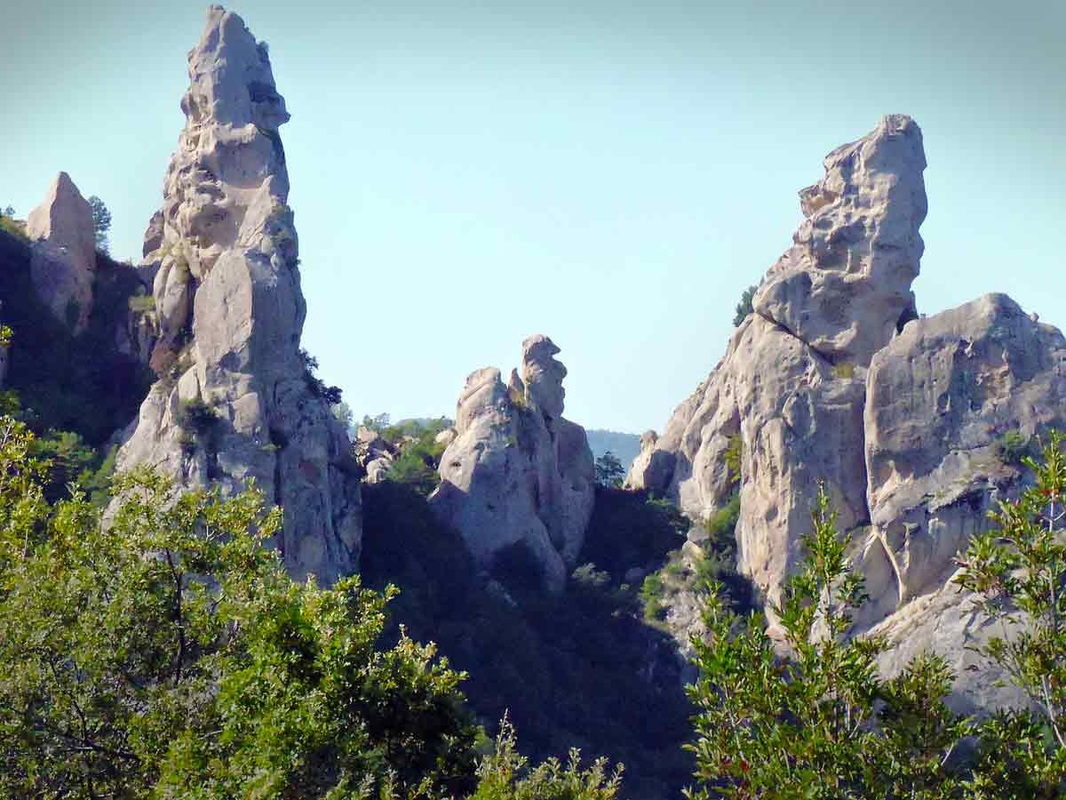
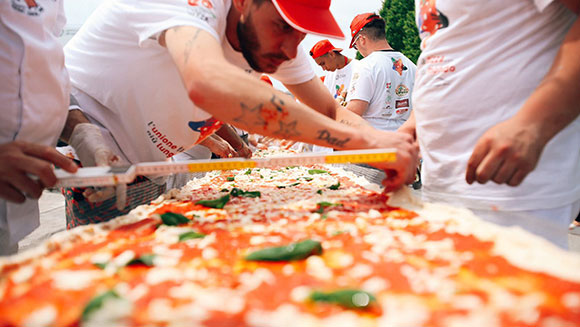
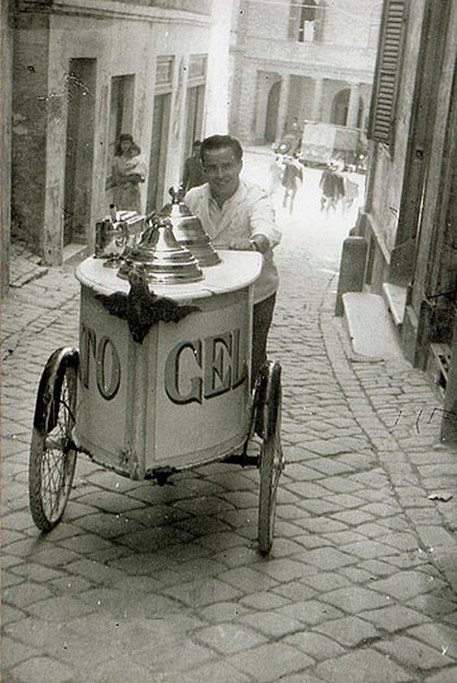

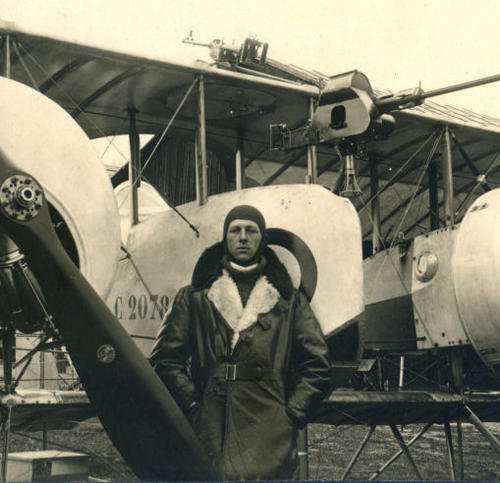
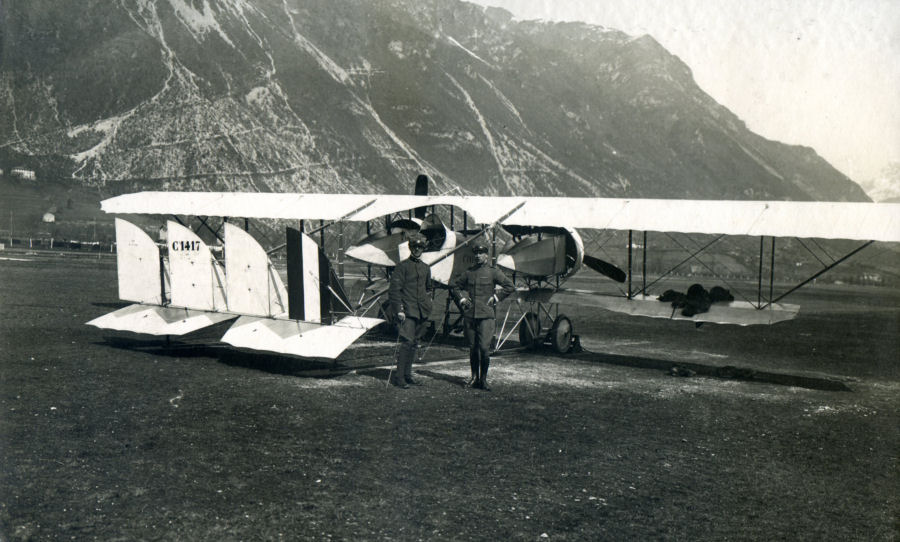
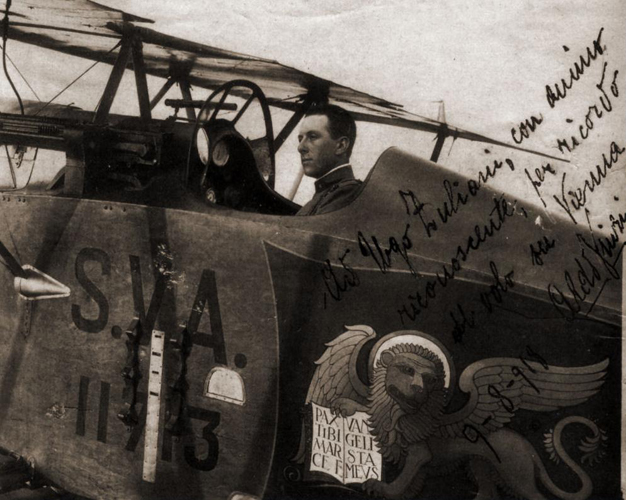
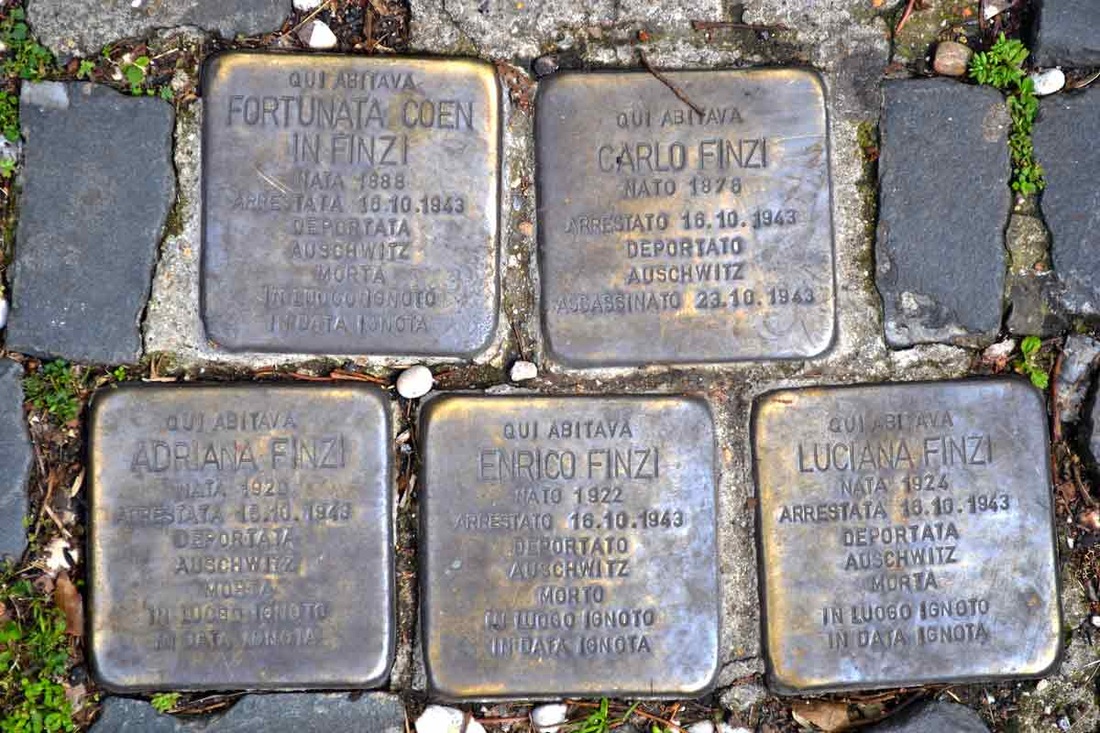
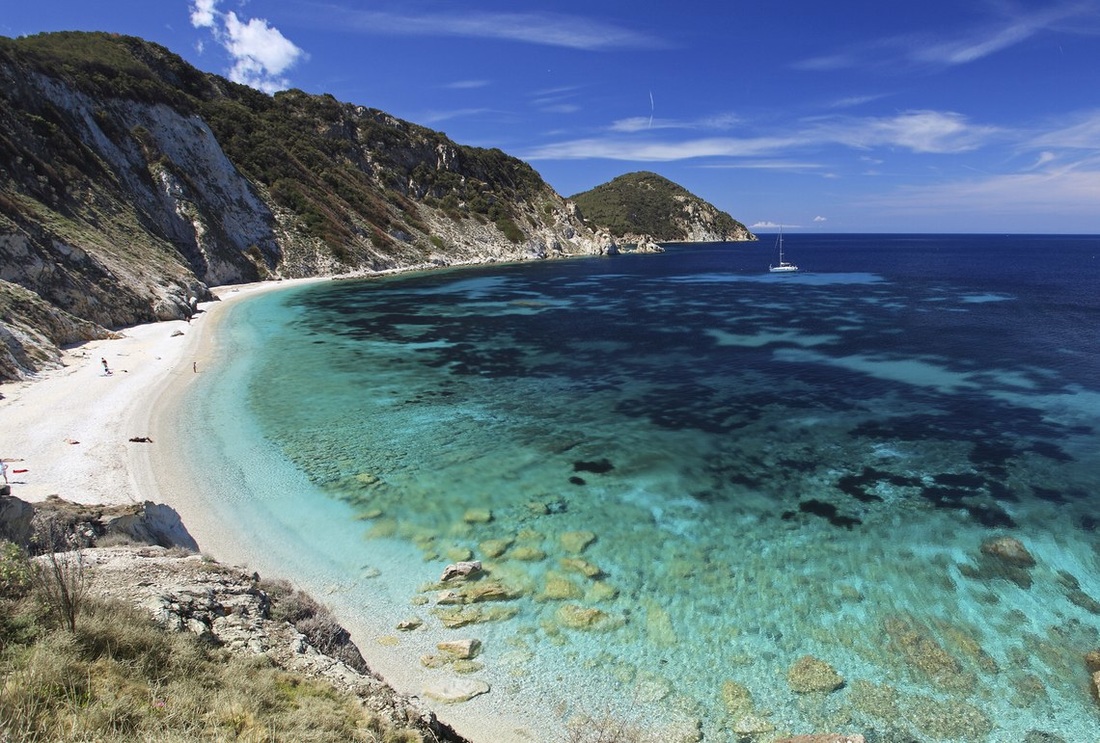
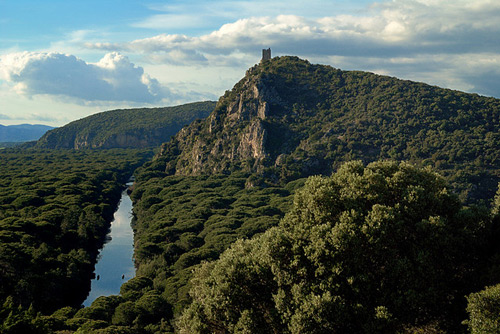
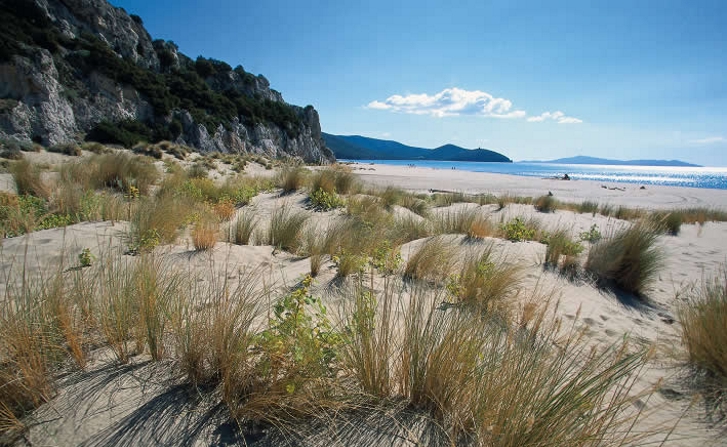
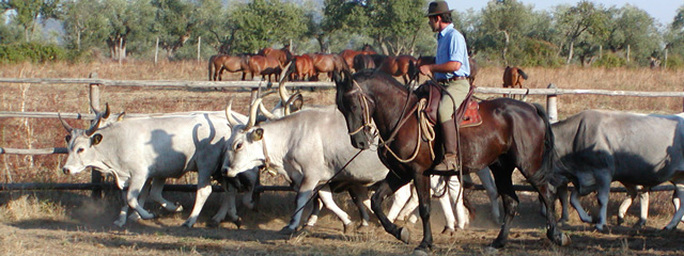
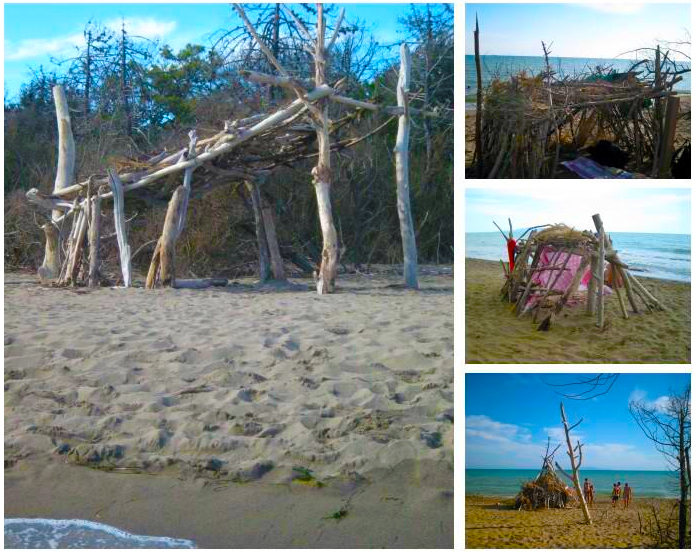
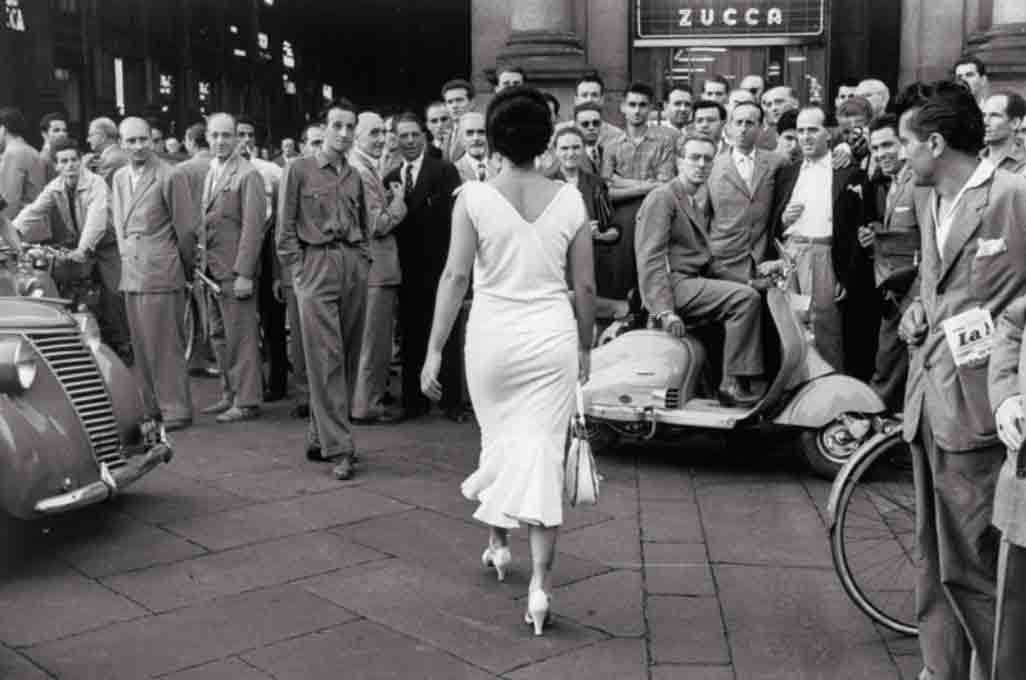
 RSS Feed
RSS Feed
